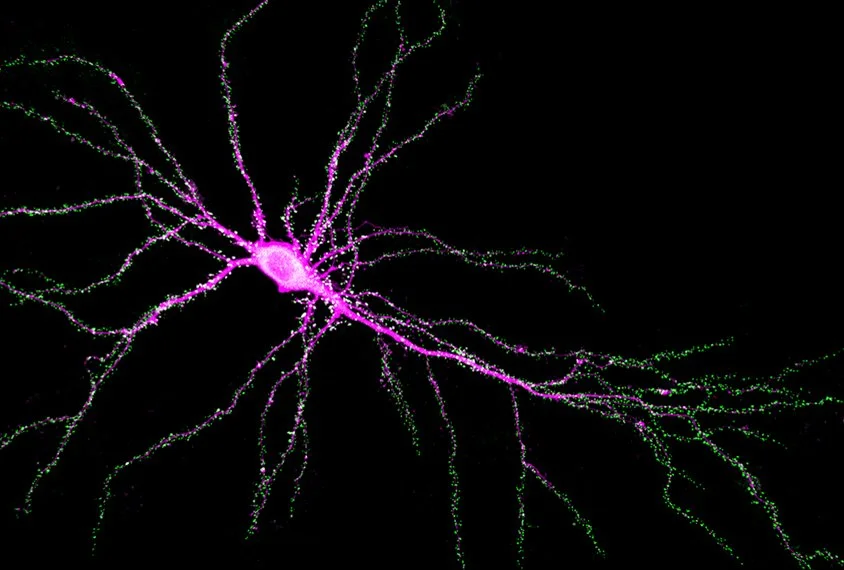Reactions from the 2020 SYNGAP1 Scientific Conference
Spectrum is covering the 2020 International SYNGAP1 Scientific Conference, which took place virtually because of the coronavirus pandemic. Here we’re highlighting researchers’ reactions to noteworthy presentations.
Drug test: A new assay allows researchers to test thousands of candidate drugs for their ability to boost expression of the autism gene SYNGAP1. The tool may help researchers identify and screen potential treatments for people with mutations that silence the gene. Gavin Rumbaugh, professor of neuroscience at Scripps Research in Jupiter, Florida, presented the unpublished results on 18 November.
The assay uses neurons from mice with one intact and one mutated copy of SYNGAP1. The researchers genetically engineer the mice so that SYNGAP1 protein made from the intact copy is tagged with luciferase — the enzyme that gives fireflies their glow.
They then grow these neurons in tiny wells and add a different candidate drug to each well. “The amount of SYNGAP1 protein in the dish gives a proportionate amount of light in your well,” Rumbaugh says.
Rumbaugh and his team plan to use the platform to run through more than 100,000 different experimental compounds in 2021, he says.
“That’s going to be really exciting for drug discovery efforts for SYNGAP1. I think that’s going to be a game changer,” says Karun Singh, senior scientist at the University Health Network in Toronto, Canada, who was not involved in the work.
Read the rest of the article here: https://www.spectrumnews.org/news/reactions-from-the-2020-syngap1-scientific-conference/


